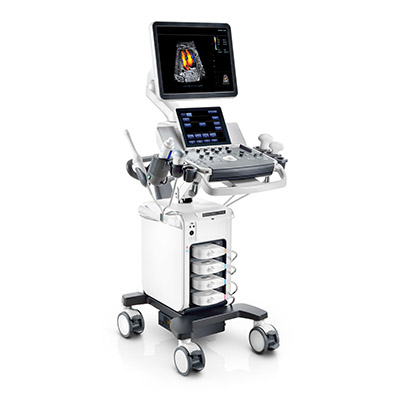Blood Vessel Diseases that can be Diagnosed with Duplex Ultrasound

Duplex ultrasound combines Doppler flow information and conventional imaging information, sometimes called B-mode, to allow physicians to see the structure of your blood vessels. Duplex ultrasound uses sound waves to get images of your blood vessels. It also helps determine how fast blood moves through the vessels. It can also be useful to estimate the diameter of a blood vessel as well as the amount of obstruction, if any, in the blood vessel. Using duplex ultrasound technology, the structure of your blood vessels, the valve function, the movement of your red blood cells and direction of blood flow through the vessels, and any blockages or blood clots can be seen.
Diseases of the blood vessels can affect both veins and arteries.
Vascular refers to the blood vessels in the body. There are two main types of blood vessels; the arteries and veins. Arteries bring oxygen-rich blood from the heart to every inch of the body; vein return the blood back to the heart and lungs for more oxygen. Vascular disease is when the blood vessels are no longer healthy.
Common types of vein disease include:
- Varicose veins
- Chronic venous insufficiency
- Deep venous thrombosis
Common types of artery disease includes:
- Carotid artery disease and stroke (TIA or Stroke)*
- Lower extremity arterial disease (PAD)**
- Upper extremity arterial disease
- Abdominal aortic aneurysm (AAA)





